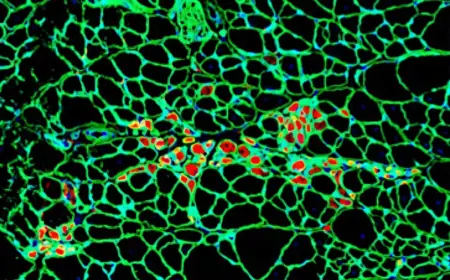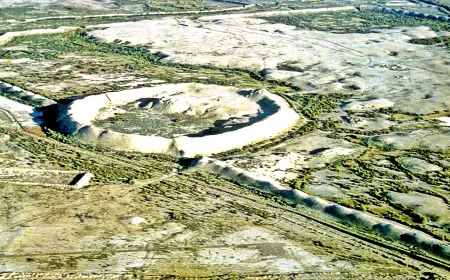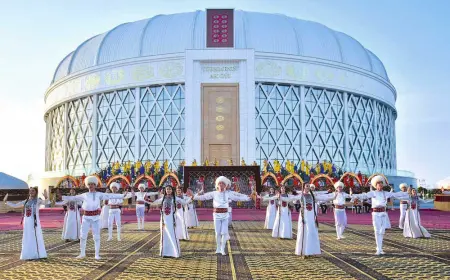Ancient Amul
Ancient Amul

In the eastern region of Turkmenistan, within the modern Lebap province, lies one of the country's most historically significant sites — the ancient city of Amul. For millennia, Amul stood at the crossroads of great civilizations, serving as a major center of trade, culture, and political influence. Today, this ancient city is recognized as the historical predecessor of modern Turkmenabat. During the era of the Great Silk Road, Amul was more than just a resting point for caravans — it was a strategic and cultural hub for the entire region.
The history of Amul stretches back to prehistoric times. Its unique geographical location — at the junction of the ancient cultural and historical regions of Bactria, Margiana, and Khwarezm — made it a vital center where trade routes converged and religious, intellectual, and political ideas were exchanged.
Accounts by Arab and Persian historians describe Amul as a vibrant city with:
-
rich marketplaces,
-
majestic mosques and madrasahs,
-
and splendid architectural complexes that showcased both elegance and urban sophistication.
Archaeological excavations reveal that Amul had a well-developed system of fortifications, with thick adobe walls, defensive towers, and monumental gates. Among the ruins uncovered are:
-
Eastern and western city gates
-
Remains of large mosques
-
Caravanserais and commercial buildings
-
Reservoirs and underground water sources
These structures were primarily made from sun-dried bricks and decorated with intricate brickwork, reflecting the architectural styles typical of the medieval East. Such craftsmanship indicates a high level of urban planning and construction expertise.
Today, the remnants of ancient Amul are under state protection as an important element of Turkmenistan’s national heritage. The site is not only of scholarly interest but also holds immense value for cultural tourism. It offers historians, travelers, and curious minds the rare opportunity to connect with thousands of years of history, to feel the pulse of the Silk Road, and to explore the roots of modern Turkmen identity.
Ancient Amul is not merely a relic of the past. It is a living chronicle that speaks of the strength, wisdom, and creative genius of the Turkmen ancestors. Walking among its ruins, one is reminded that history is not just about what was — but also about what continues to shape who we are today.



























